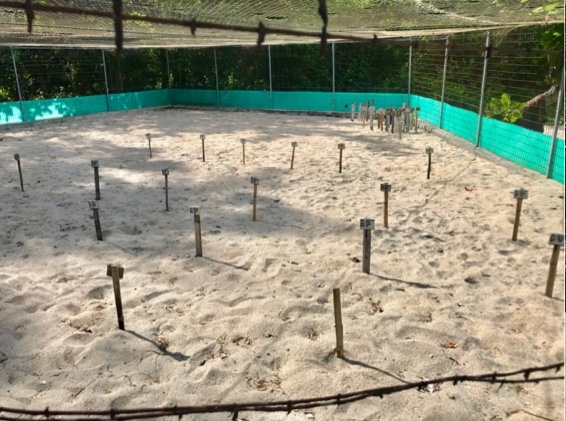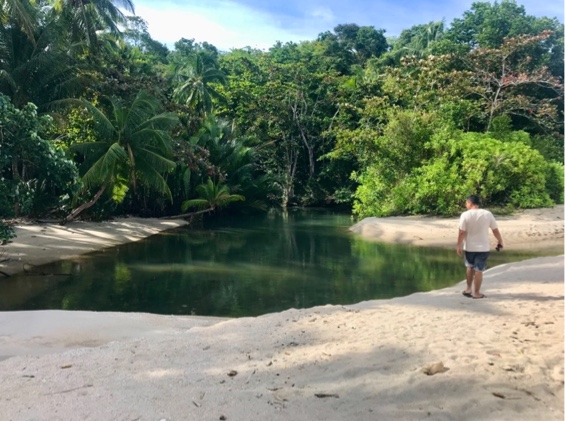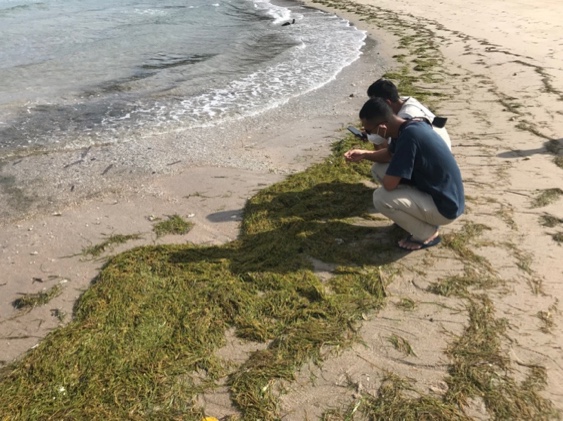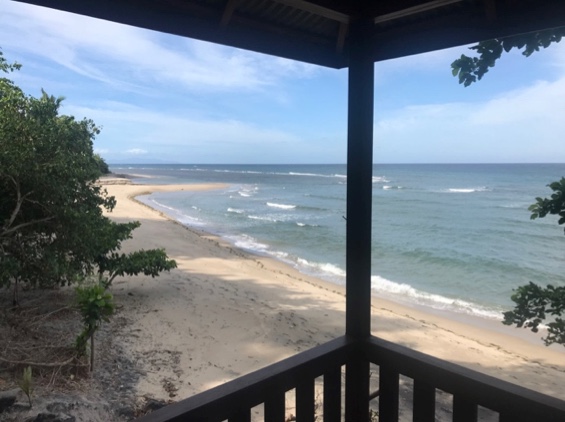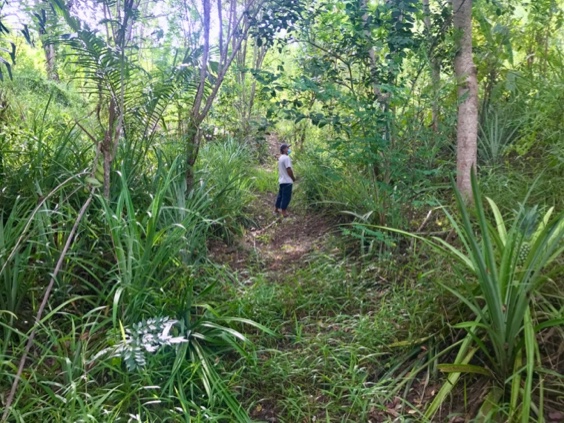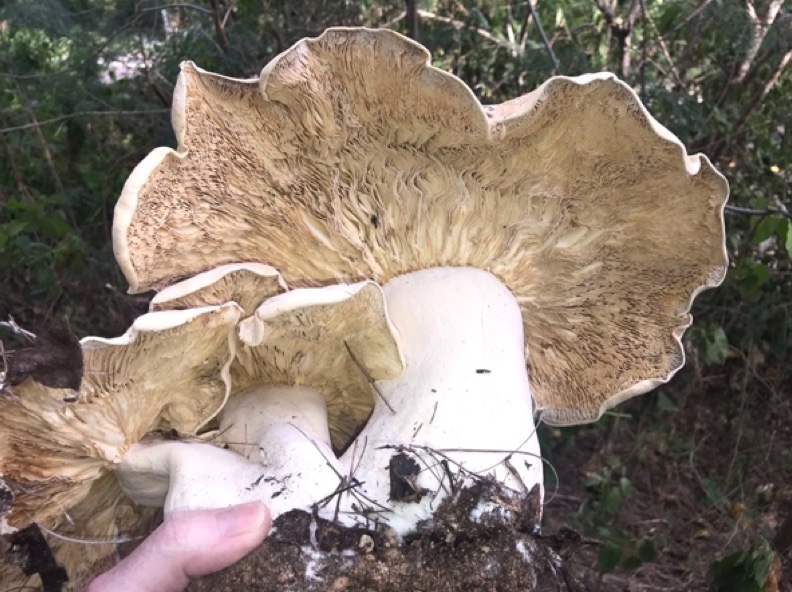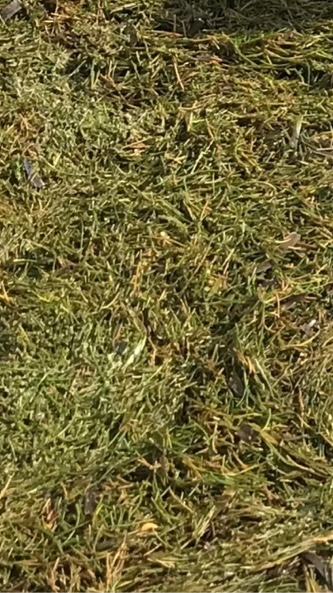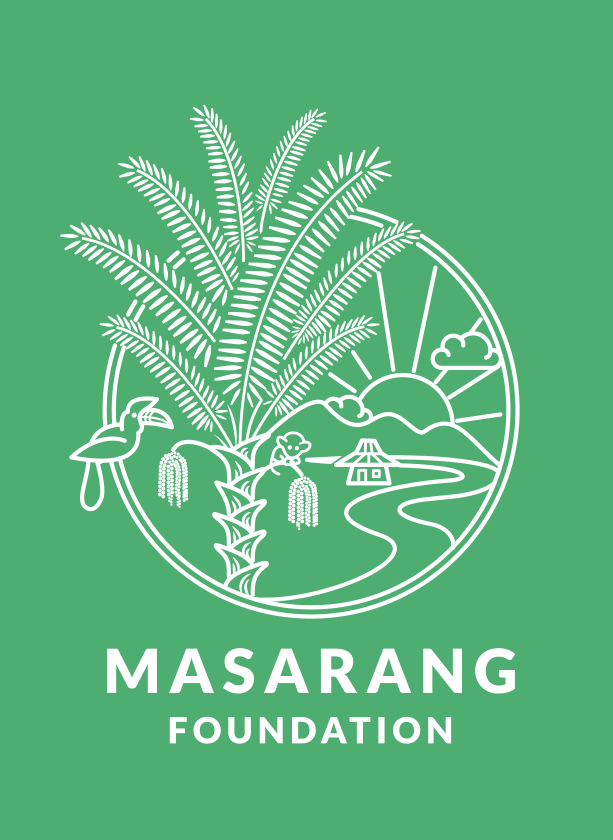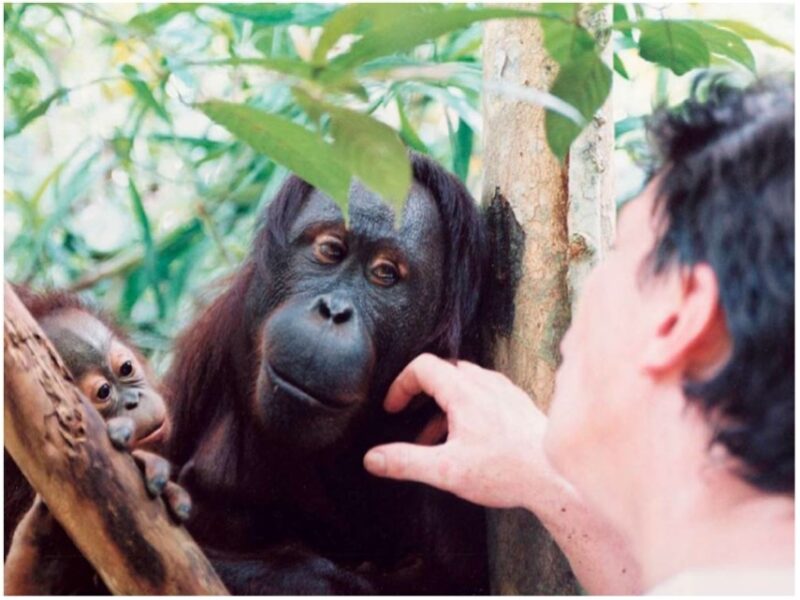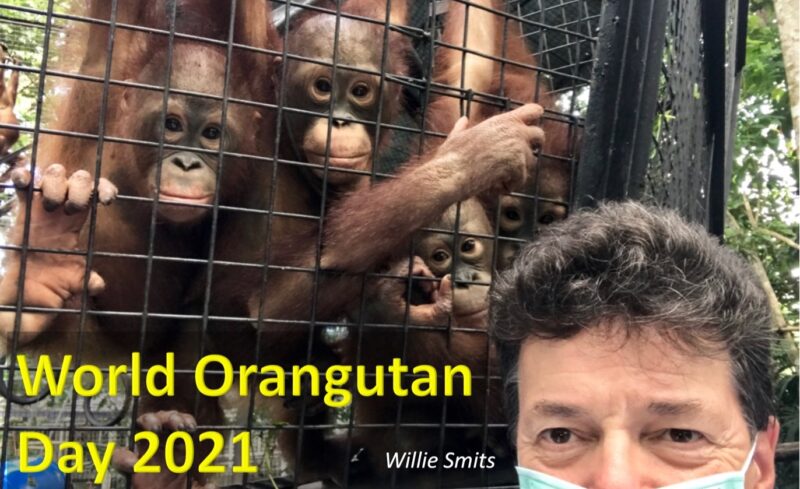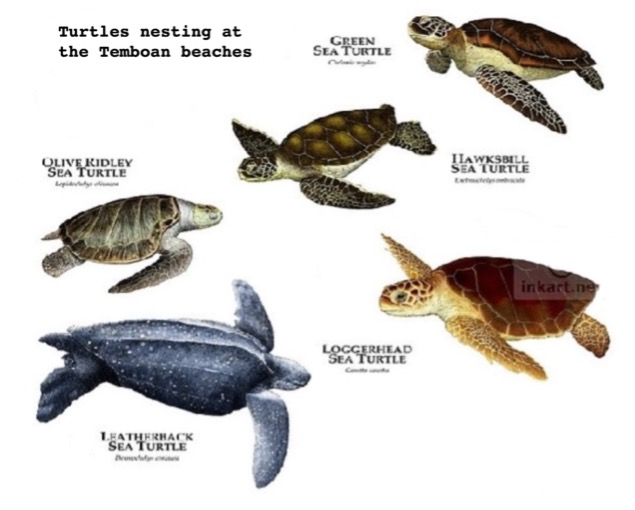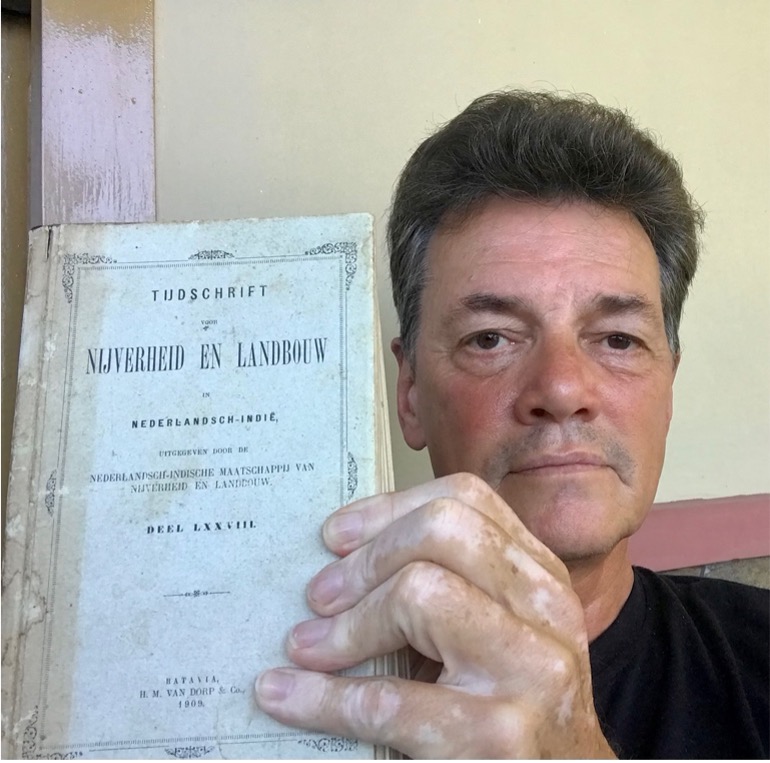
Tulap is the location of our first Masarang turtle hatchery. Over the last 20 years, hundreds of thousands of hatchlings of five different sea turtle species were safely returned to the sea, protected from predators and poachers.
Night Patrol to protect the turtles
Every night we patrol there 3 kilometres of turtle nesting beaches. When we encounter a nest, we plot the location and dig up the freshly laid eggs immediately to be placed in the safe hatchery at the Tulap turtle center, the location of our official cooperation with the Ministry of Environment and Forestry that is responsible for work with protected wildlife in Indonesia.
Successful hatching of the sea turtles
We have consistently achieved percentages of successful hatching of the sea turtles above 90 and close to 95%, which is much higher than the percentage that makes it back naturally to the sea because of predation. The center has also been involved in beach clean-ups, education about nature conservation, and besides the beach work has also reforested several hectares of former grassland that has now been turned into a lush agroforest from where we can weekly help provide food for the many animals at Masarang’s Tasikoki Wildlife Rescue and Education Center to save on expenses. The Tulap center and its infrastructure and operation have mostly been supported through Masarang Hong Kong and its sponsors. They financed the hatchery expansion, nightly patrols, the guard/guest house, the piers that protected the beach from aberration, the clean water supply from a nearby spring, and the planting of trees. Seeing what became of Tulap now we can truly say that when people from all walks of life and places work together we truly can make a difference. Hopefully, a message will be put to action after COP-26 in Glasgow. With Covid-19 worsening and so many people losing their jobs and poverty rising steeply the temptation of illegally collecting and selling both turtle eggs and turtle meat only becomes greater. Therefore our work in these times of severely reduced financial support has become even more difficult. Another problem we were facing was that many of these nice beaches where the turtles are nesting have been bought up by people trying to develop resorts and build beach properties. These are causing more and more light pollution that disturbs the nesting of the turtles. Soon our long coastline of the Temboan area will be one of very few stretches of beach without any artificial light. That is where we are building the next hatchery. Spending just a few hours at Tulap to check on our project was gratifying. Our staff is still cleaning the beach, harvesting food for the animals at Tasikoki from our agroforest, and continues to do weekly collecting of coconuts and sea almond trees. We also collect the driftwood for various purposes and seaweed that washes up to become part of our organic fertilizer. Here are some pictures I took that show Tulap yesterday.

